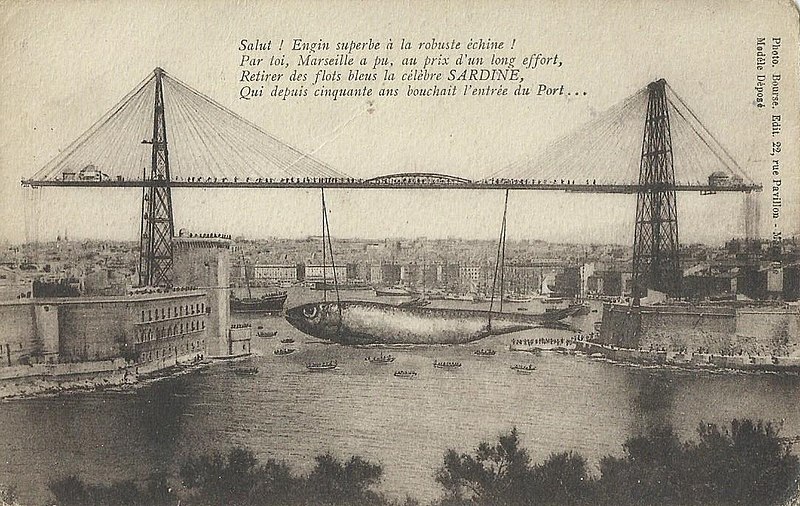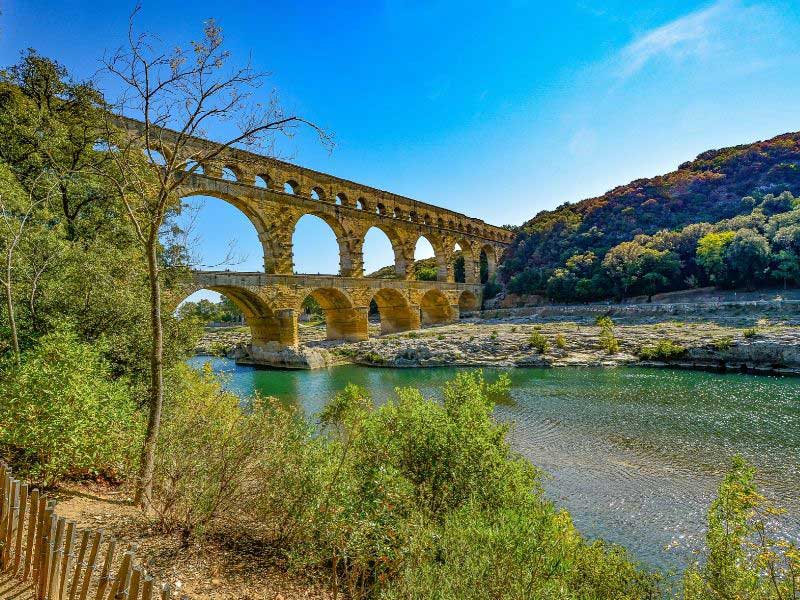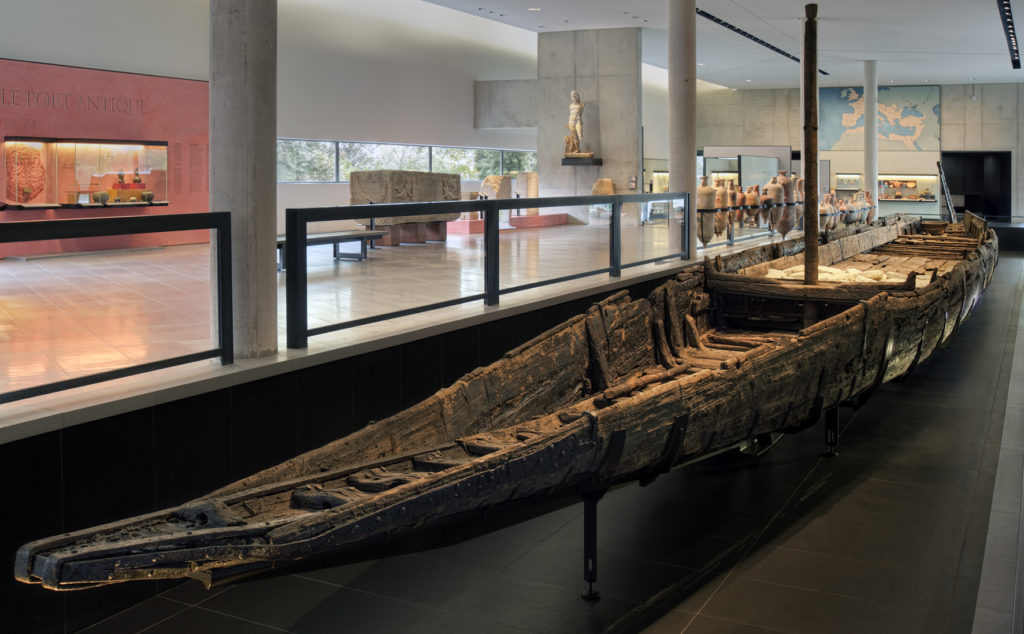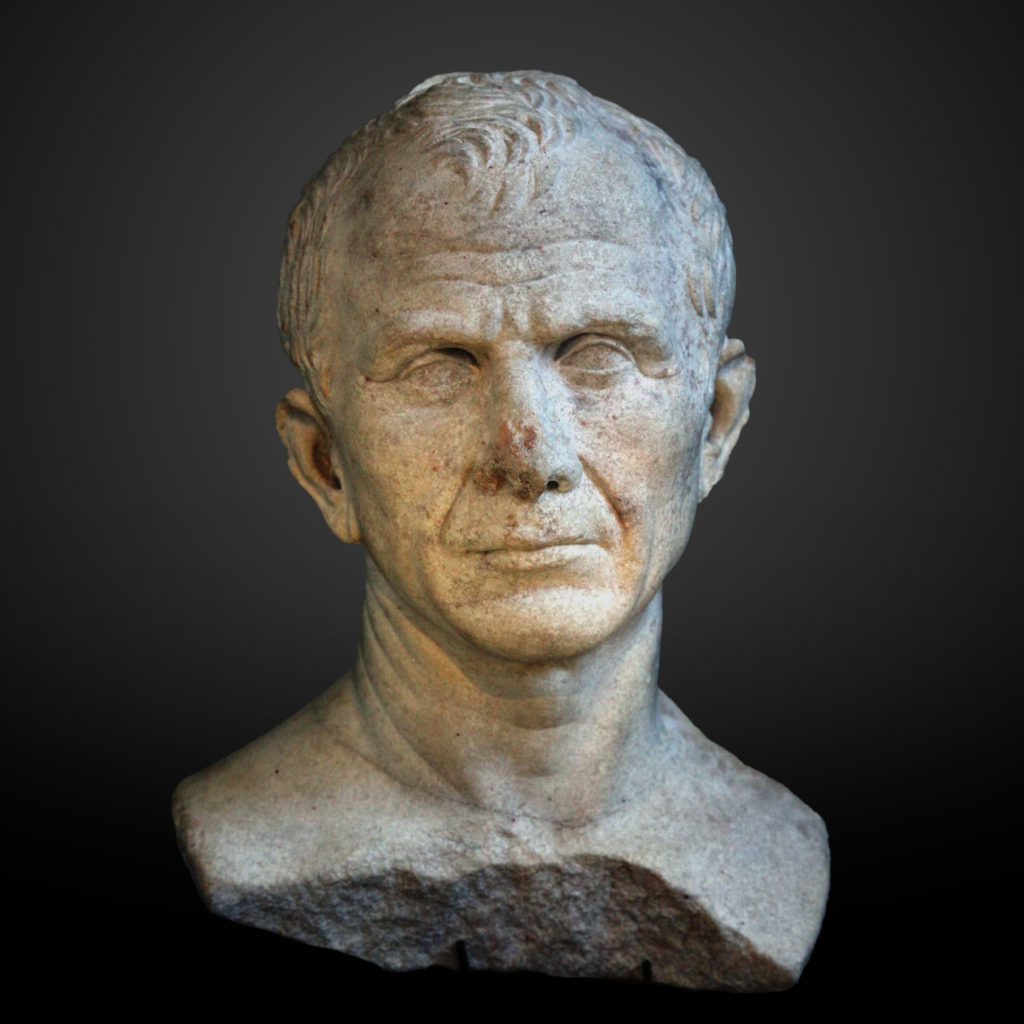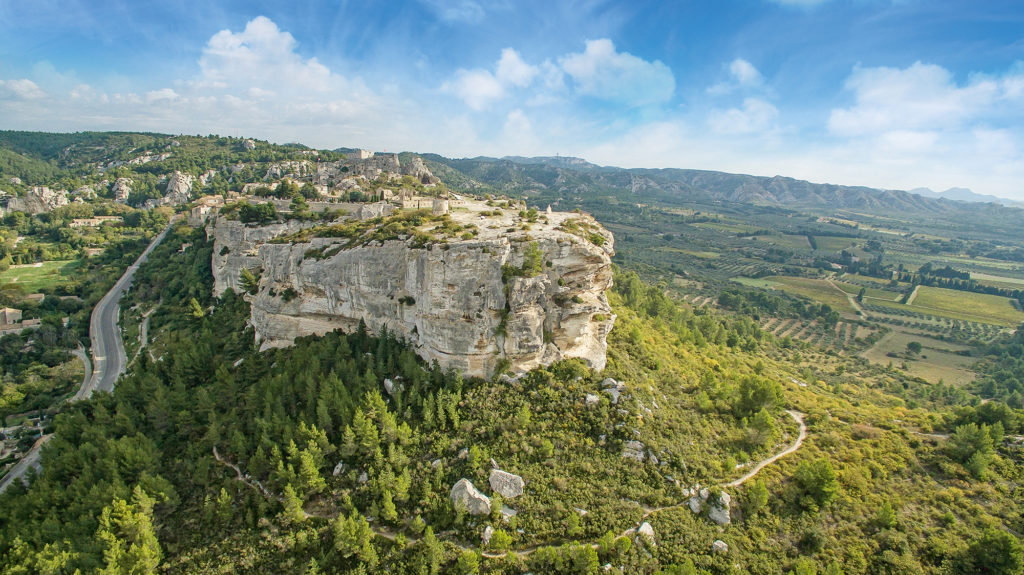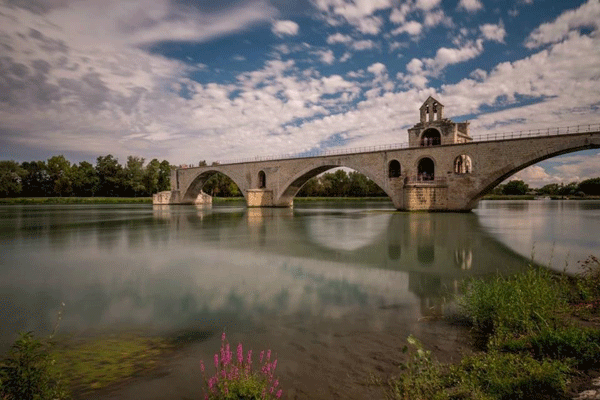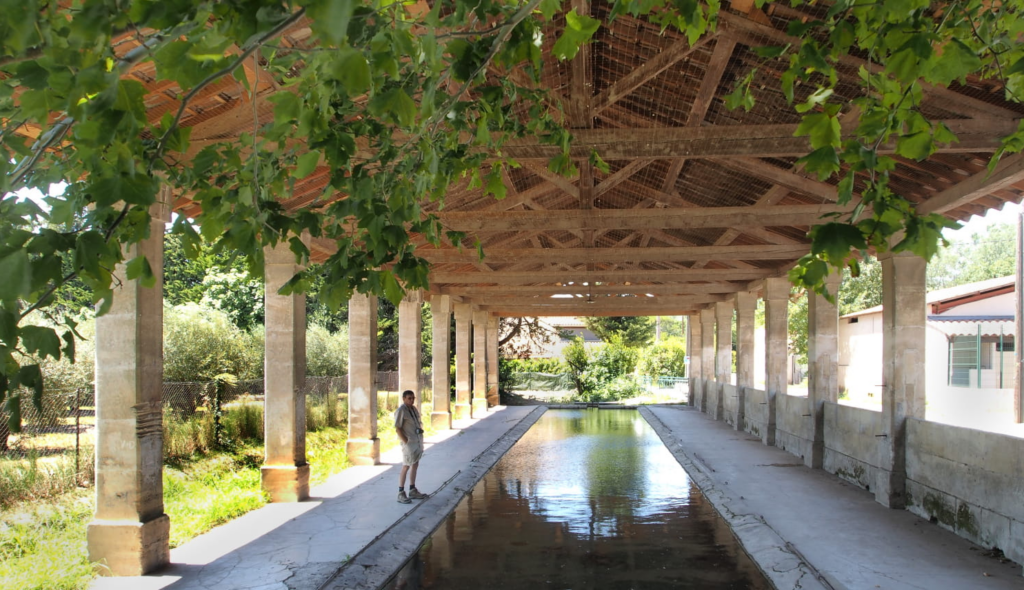
Fontvieille is a charming Provençal village in the south of France, close to Arles and Saint-Rémy-de-Provence.
This quaint town has a lovely old lavoir (wash house), a shady central square, and a bustling open-air market on Monday mornings. It is a delightful place to spend a few pleasant hours and is also the perfect base for exploring three outstanding nearby sites.
First is the windmill immortalized by Alphonse Daudet in his beloved classic Letters from my Windmill. Then there is the ancient Montmajour Abbey, a favorite of Vincent Van Gogh. Finally there are the remains of the Romans’ Barbegal aqueduct and mills, part of the system that brought water to the city of Arles. They were so vast that they could mill enough grain for 12,000 people a day and have been called, “the greatest concentration of mechanical power in the ancient world.”
That is quite a lot to see! It makes for a lovely day trip.
Read all about it in The Good Life France!
